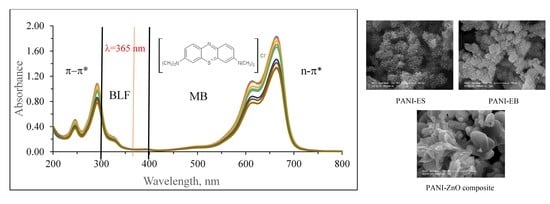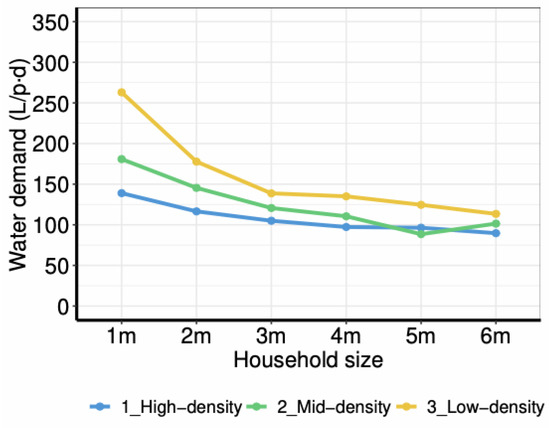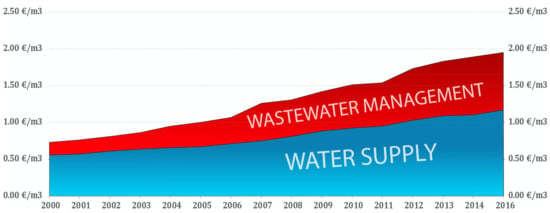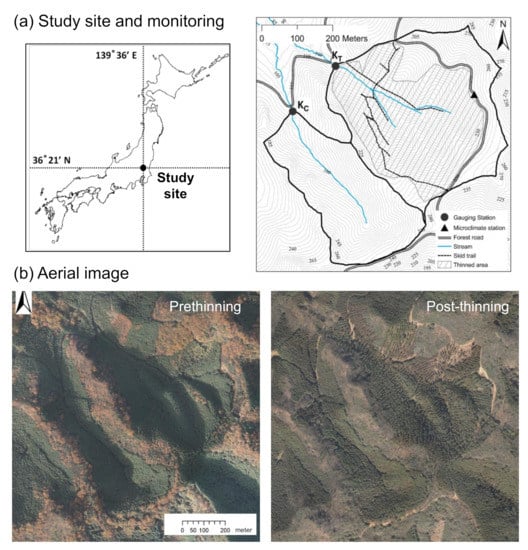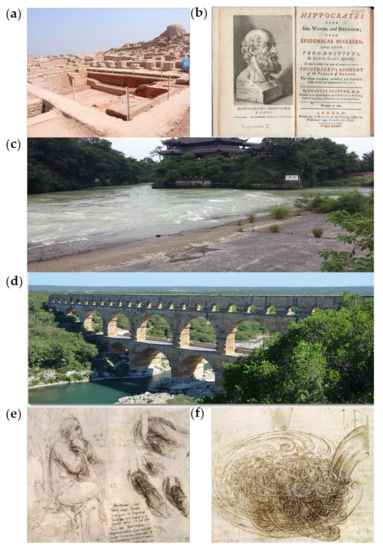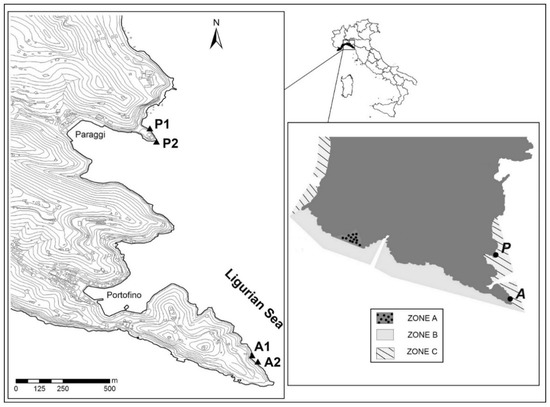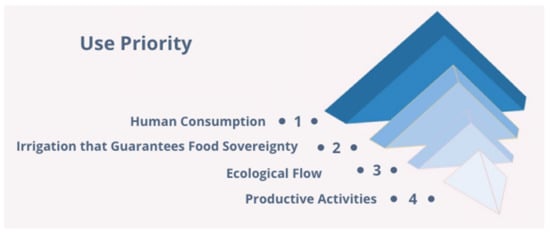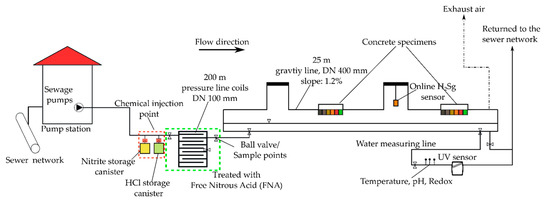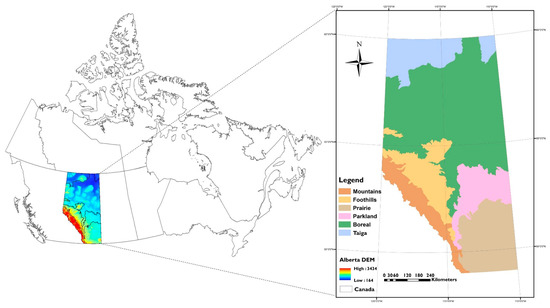1
Chinese Research Academy of Environmental Sciences, Beijing 100012, China
2
Technical Centre for Soil, Agriculture and Rural Ecology and Environment, Ministry of Ecology and Environment, Beijing 100012, China
3
Key Laboratory of Environmental Change and Natural Disaster, Beijing Normal University, Beijing 100875, China
4
Faculty of Geographical Science, Beijing Normal University, Beijing 100875, China
5
College of Resources Environment and Tourism, Capital Normal University, Beijing 100048, China
Water 2021, 13(8), 1027; https://doi.org/10.3390/w13081027 - 9 Apr 2021
Cited by 5 | Viewed by 2608
Abstract
Irrigation is an important factor affecting the change of terrestrial water storage (TWS), especially in grain-producing areas. The Northeast China Plain (NECP), the Huang-Huai-Hai Plain (HHH) and the middle and lower reaches of the Yangtze River Basin Plain (YRB) are major grain-producing regions
[...] Read more.
Irrigation is an important factor affecting the change of terrestrial water storage (TWS), especially in grain-producing areas. The Northeast China Plain (NECP), the Huang-Huai-Hai Plain (HHH) and the middle and lower reaches of the Yangtze River Basin Plain (YRB) are major grain-producing regions of China, with particular climate conditions, crops and irrigation schemes. However, there are few papers focusing on the different variation pattern of water storage between NECP, HHH and YRB. In this paper, the characteristics of terrestrial water storage anomaly (TWSA) and groundwater storage in the three regions mentioned above from 2003 to 2014 were analyzed, and the main reasons for water storage variations in the three regions were also discussed. The result shows that although effective irrigated areas increased in all three regions, TWSA only decreased in HHH and TWSA in the other two regions have shown an increasing trend. Spatially, the water storage deficit was more serious in middle and south NECP and HHH. In the three regions, water storage variations were impacted by meteorological condition and anthropogenic stress (e.g., irrigation). However, irrigation water consumption has a greater impact on water storage deficit in HHH than the other two regions, and water storage variation in YRB was mainly impacted by meteorological conditions. In this case, we suggest that the structure of agricultural planting in HHH should be adjusted to reduce the water consumption for irrigation.
Full article
(This article belongs to the Section Hydrology)
▼
Show Figures


